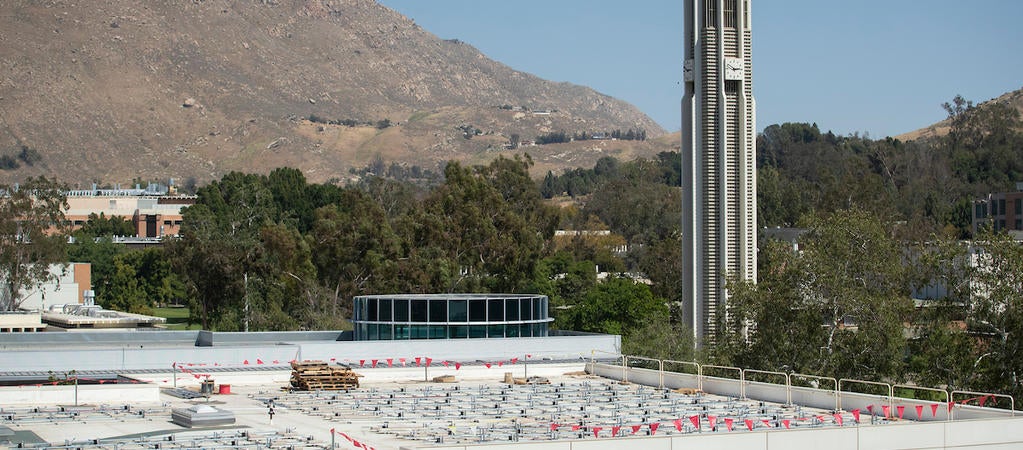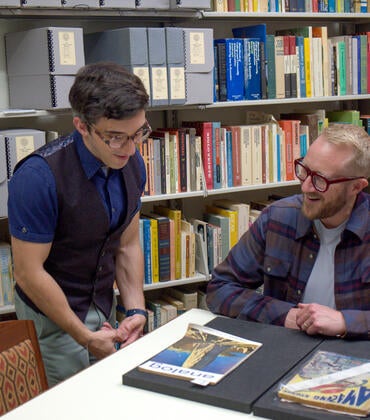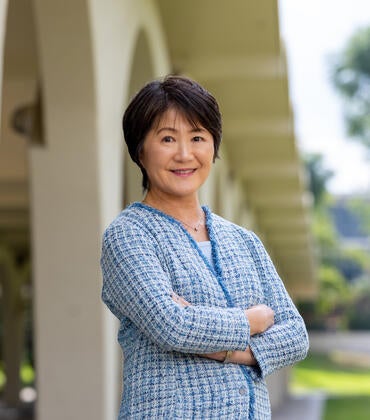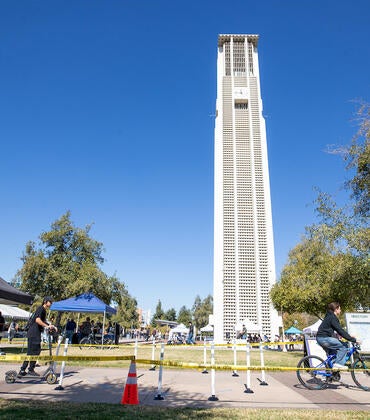UC Riverside is expanding its access to on-site renewable energy with the installation of solar panels on two campus buildings.
Workers have been installing panels on the Student Recreation Center and Student Services Building roofs over the past month.
The Student Recreation Center now houses 741 panels while 346 panels were added to the Student Services Building. The two installations will provide a combined 473 kilowatts of solar energy.
The projects are part of UC Riverside’s continuing commitment to the University of California’s Carbon Neutrality Initiative, said John Franklin, a project manager with the Office of Planning, Design, and Construction. The initiative commits UC to emitting net-zero greenhouse gases from its buildings and vehicle fleet by 2025.
“Our campus is geared to offset as much (energy use) as we can,” Franklin said.
The projects are the largest installations of solar panels on campus since a 2017 project when 9,600 solar panels were installed in parking lots 30 and 32.
A third project is planned for the roof of Lothian Residence Hall. The project will go out for bid later this week with a contract expected to be awarded soon, Franklin said. The number of solar panels on that project has not been determined yet.
All three installations are being built by UCR and will be owned by the campus, unlike lots 30 and 32, which were built and financed by a third-party power supplier.
The installation, which involved a crane lifting panels to the top of the building, includes racking and protective equipment. A metering system was also added that will allow the campus to monitor exact energy production.
The campus has sought to expand solar use where it can with ground and carport-mounted panels in addition to those on roofs.
Planners need to be selective about the placement of roof panels sites as not all buildings can handle the weight of the solar equipment, Franklin said. They also avoid sites that could cause lighting and reflection issues with adjacent buildings, he said.
More projects are expected to be added as funding and sites become available, Franklin said.




